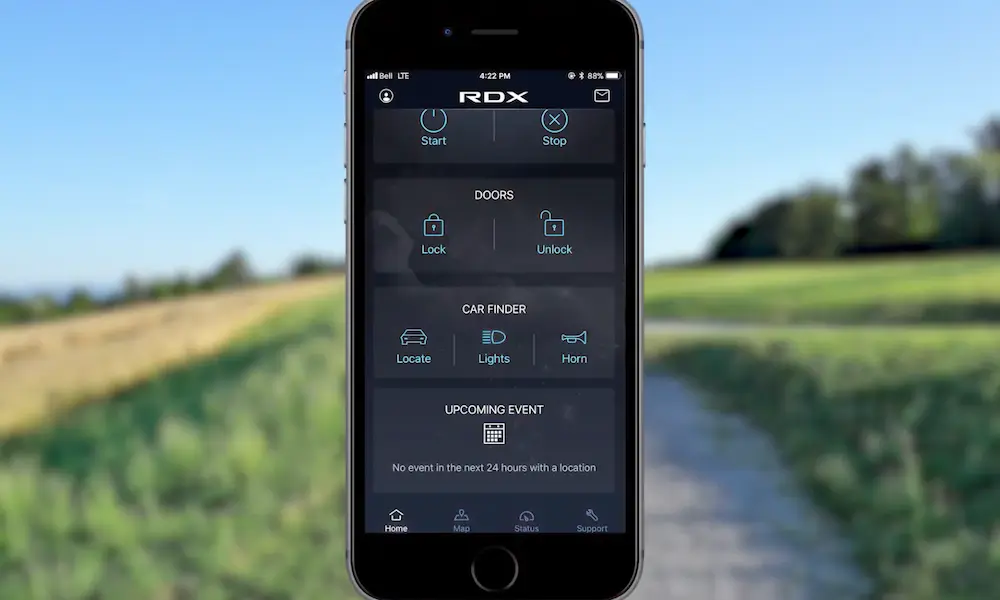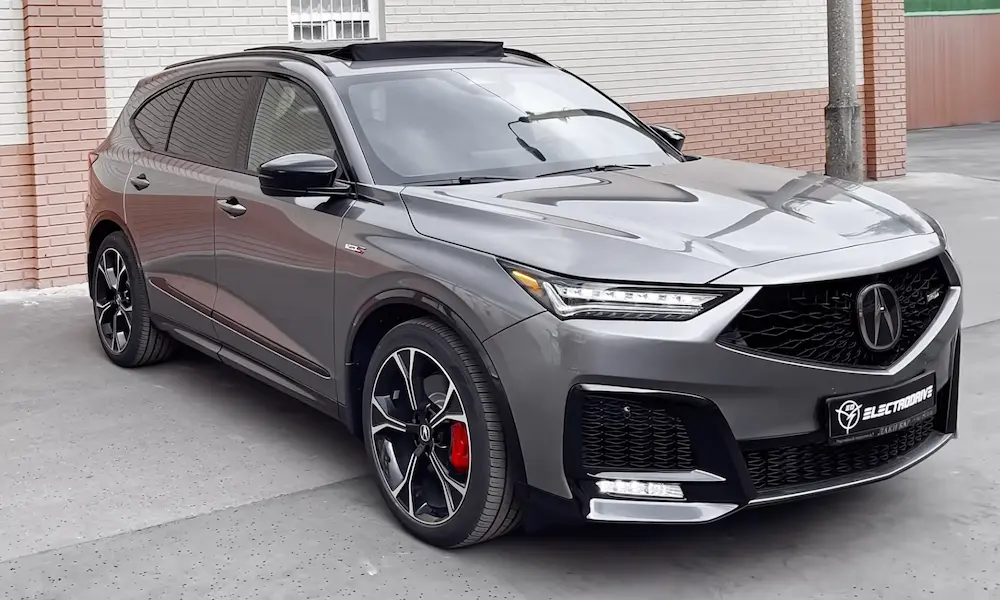A ‘check charging system’ light on your Acura is often an indication that your vehicle is running solely on the battery charge and only a matter of time before it runs out of charge. The warning is often triggered by a failed alternator, broken serpentine belt, or loose battery cable connection. But it is not unusual for a dying battery to also trigger the warning.
Acura Charging System and Implication of “Check Charging System” Warning
The charging system supplies electrical energy to power the electrical systems and charge the battery. The system includes the alternator, battery, and voltage regulator.
The breakdown of one of these components causes the breakdown of the charging system. And on Acura’s, the driver gets a ‘check charging system” warning on the DIC. The warning can be intermittent, or it can stay on for days.
Causes of ‘Check Charging System’ Warning
A failed alternator or defective battery is usually the cause of a ‘check charging system’ warning. But, some other factors can also set off the warning. Below are the possible triggers of a ‘check charging system’ warning.
Failed Alternator
When dealing with a ‘check charging system’ warning, the first thing that comes to mind is a faulty alternator. The alternator generates electrical energy to recharge the battery and power electrical systems.
However, the alternator begins to wear down after an extended period of use. And it is often because of a bad decoupler pulley or worn bearings. The breakdown of either one invariably causes the alternator to fail, prompting a ‘check charging system’ light.
Another telltale sign that your alternator is failing is an unusual whining noise. Your vehicle may also go into limp mode, and if it gets worse, you may have difficulty engaging the gear.
Defective battery
The battery supplies power to the starter motor to start the engine or powers the electrical systems when the alternator fails. A defective battery can also set off the ‘check charging system’ warning.
Usually, the warning signifies that the alternator isn’t supplying enough power or the battery isn’t holding charge. The battery stores energy and supplies it when needed. But when the battery fails, it will have difficulty holding charge.
The failure is often caused by old age or repeated deep discharge and recharge cycles. Engine vibrations, heat and overcharging, can also cause premature battery failure. The charging system notifies the driver of the battery failure by activating the ‘check charging system’ warning.
Failed serpentine belt
A broken or failing serpentine belt can also trigger the ‘check charging system’ light. The belt rotates off the engine crankshaft and drives several pulleys, including the alternator pulley.
When the belt fails, it can’t keep the alternator running at full output. Thus preventing the charging system from recharging the battery. If you also notice increased engine temperature and/or difficulty steering your vehicle, you have a broken drive belt.
Loose battery cable connections
A loose battery cable connection can also trigger a ‘check charging system’ light. Loose battery cables can affect the battery charging process, prompting a charging system warning. Besides the warning, you may also notice dim headlights or have difficulty starting your vehicle.
How to Fix a ‘Check Charging System’ Light
You’ll have to further investigate the possible causes to narrow down the required fix. And before replacing anything, first, check the battery and alternator.
Investigate the alternator
You want to test it to check that it is supplying sufficient voltage to the electrical systems. Disconnecting the battery while the engine is running isn’t the best way to test it. Instead, use a voltmeter or multimeter.
The alternator should maintain a battery voltage between 13.9 and 14.8 volts while the engine is running. Anything below 13 or above 15 volts indicates that something is off with the alternator.
You should check the bearings and decoupler pulley. You also want to check the diode and, most especially, the voltage regulator to ensure they are all working. Make the necessary repair or get a new one if repair isn’t an option.
Check that the battery is holding charge
If the alternator isn’t the cause of the warning, then you need to investigate the battery to check that it holds the charge. Using a voltmeter or multimeter, run a voltage test to measure the battery volt reading.
A good battery should read between 12.2 to 12.6 volts while the vehicle is off. Replace the battery if it no longer has the capacity to hold a charge. You should also check that the alternator is not overcharging the battery, as it can cause it to fail prematurely.
The average car battery lasts between three to four years, but you should always inspect it during every oil change after three years of use. Check that it is free of corrosion, cracks, or fluid leaks, and most importantly, it holds the charge.
Check and replace the drive belt
Diagnosing the drive belt is straightforward. Check that the belt is indeed driving the alternator pulley and not just spinning. Check that it is not broken, missing significant chunks, or frayed around the edges. Also, if the belt is out of adjustment or stretched out, these are all signs that it is due for replacement.
Clean and tighten loose battery connections
For loose battery cable connections, tighten the cable connector to the battery terminals. You should also use a steel brush to clean off all corrosion from the connectors and battery terminals.
Final thoughts
Your Acura charging system is expected to develop faults after an extended period of use. But the system will notify you of any issue by triggering the ‘check charging system’ warning.
The breakdown of the system is because of a failed alternator. However, a broken drive belt, defective battery, or loose battery cable connections can also cause the failure. But before attempting to make any repairs, first check that the alternator is putting out the right amount of power and the battery is storing the charge.














